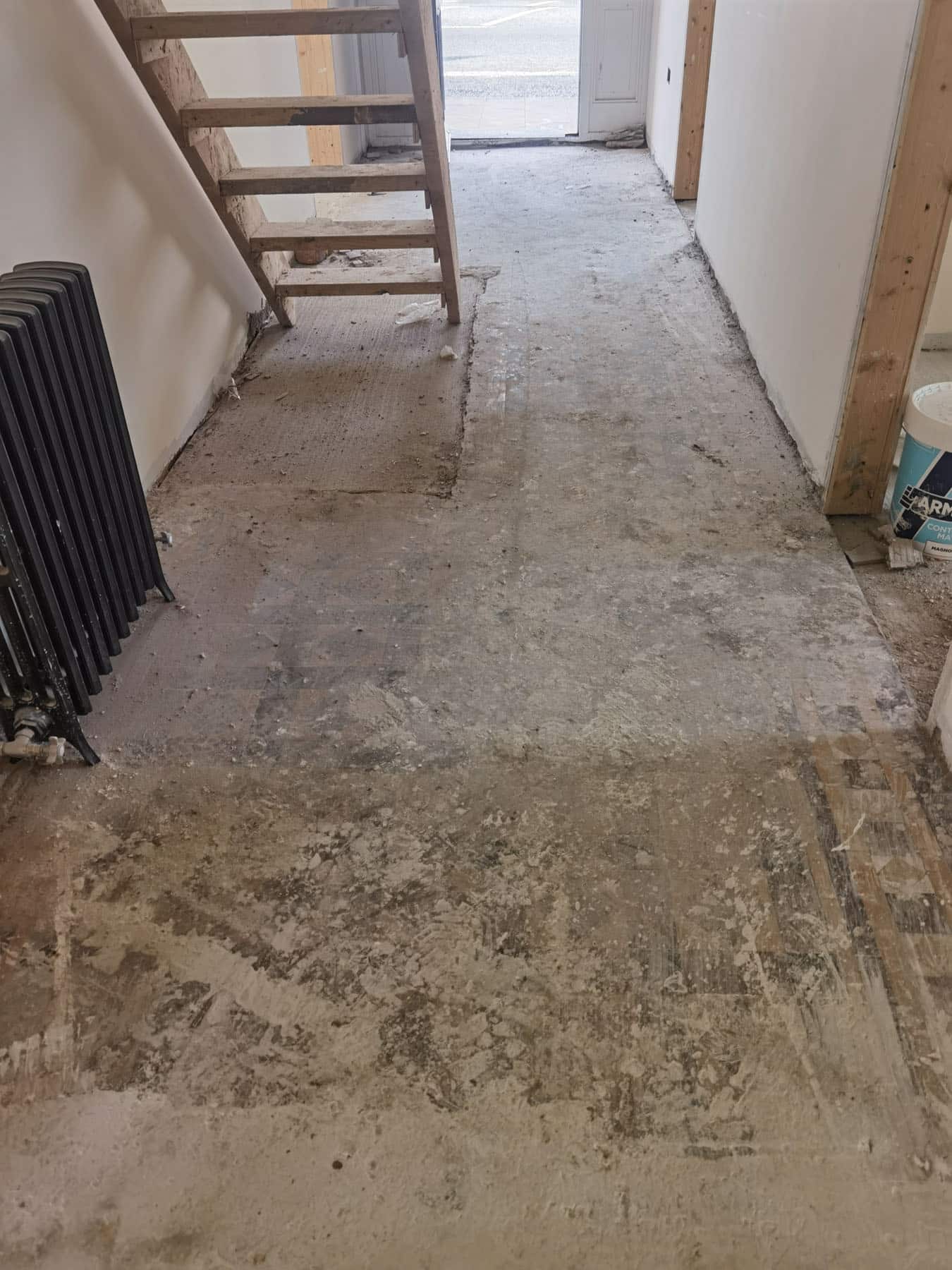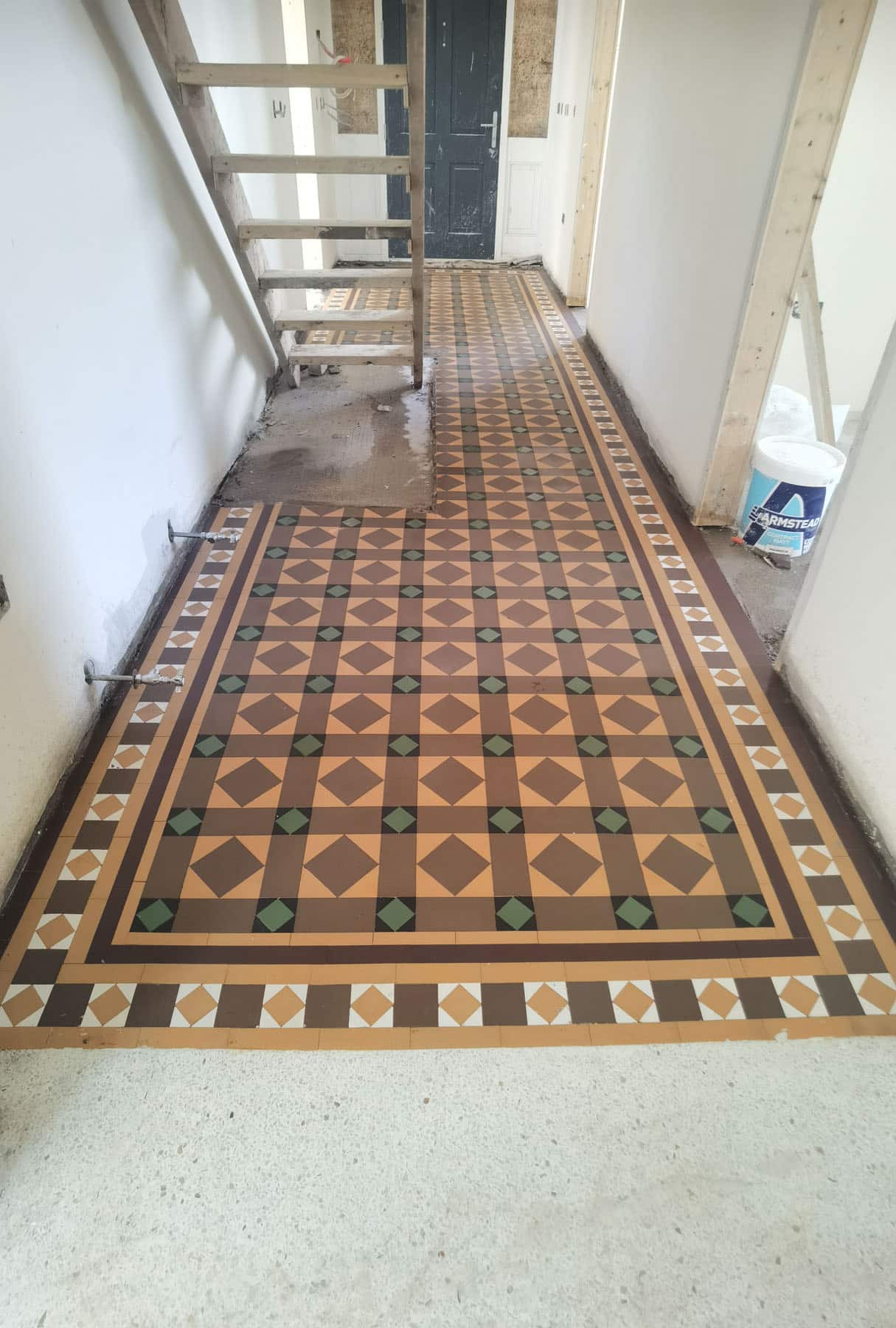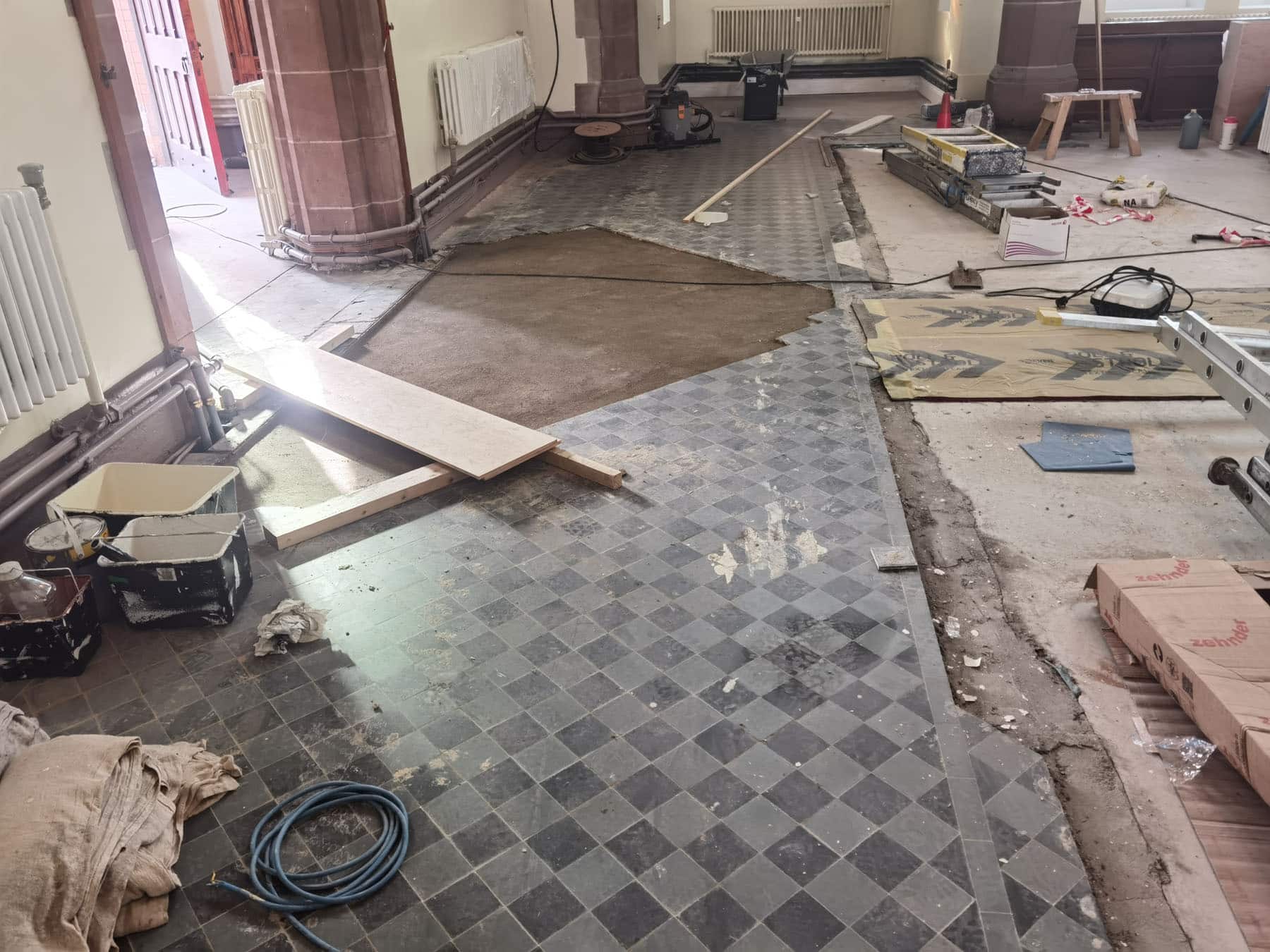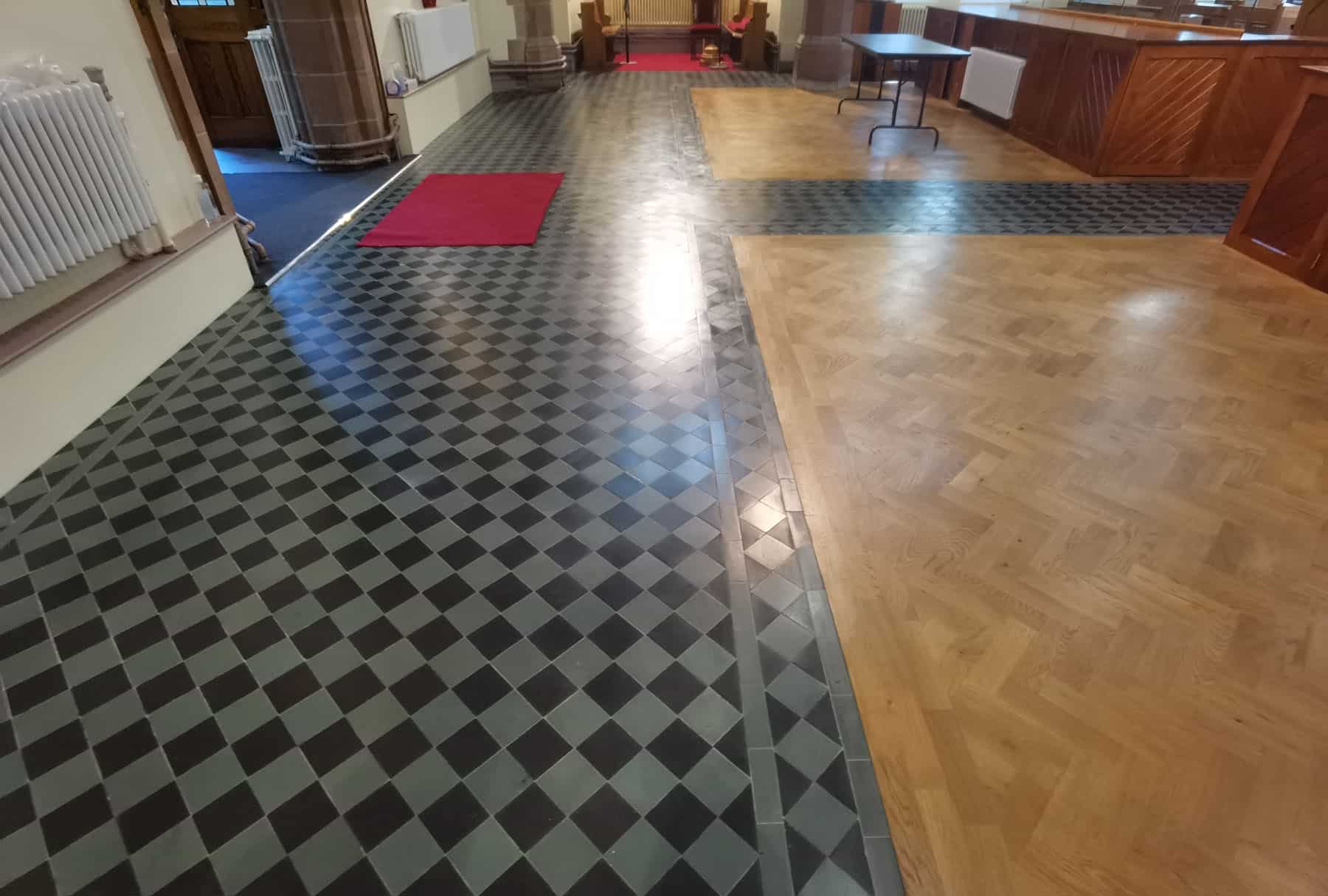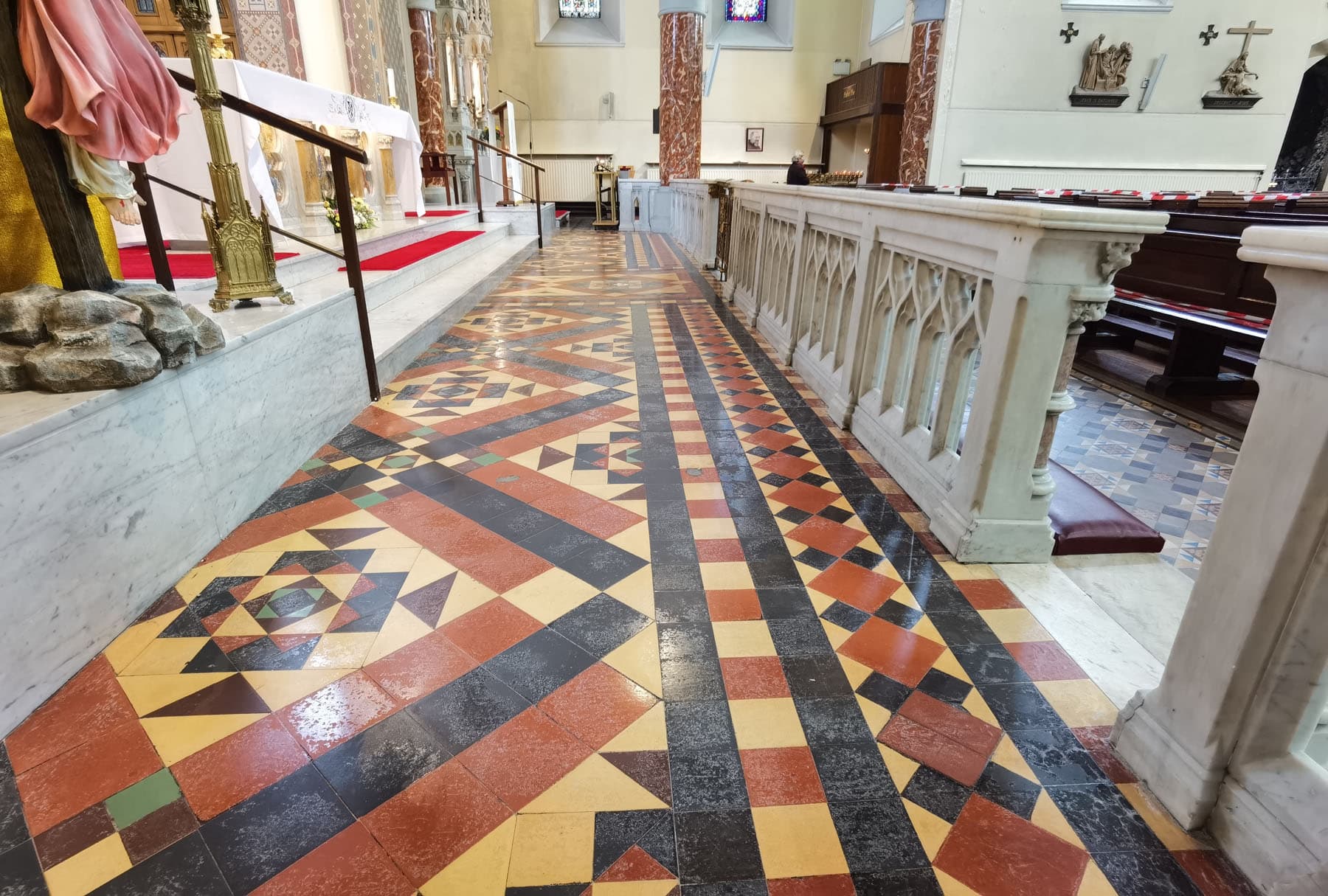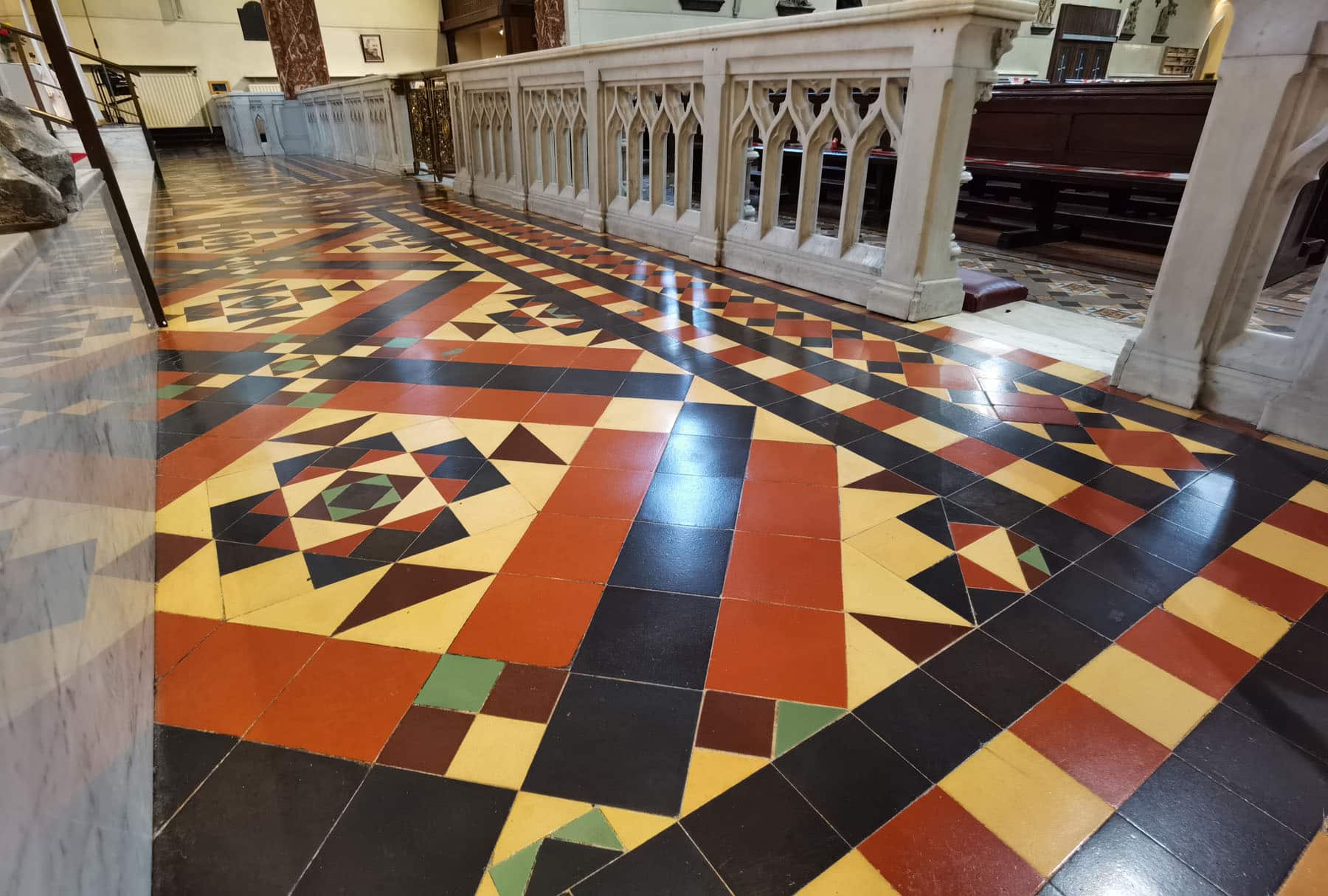Victorian tiles are clay tiles that were popularly used during the Victorian era, roughly spanning from the 1830s to the early 1900s. They are characterized by their intricate designs, vibrant colors, and durable composition. Here are some key features:
- Decorative Patterns: Victorian tiles often feature elaborate geometric patterns, floral motifs, and intricate designs. These patterns were inspired by various artistic movements of the era, including Gothic Revival, Renaissance Revival, and Arts and Crafts.
- Vibrant Colors: Victorian tiles are known for their rich and vibrant color palette. Reds, blues, greens, yellows, and earth tones were commonly used to create striking and visually appealing designs.
- Square Shape: Victorian tiles typically come in square shapes, although other shapes like rectangles and hexagons were also used for specific patterns and designs.
- Glazed or Unglazed: Some Victorian tiles were glazed, giving them a glossy finish and added protection against wear and tear. Others remained unglazed, showcasing the natural texture of the clay and allowing for a more rustic appearance.
- Durable Composition: These tiles were typically made from high-quality clay and fired at high temperatures, resulting in durable and long-lasting tiles suitable for use in high-traffic areas like floors and walls.
- Versatile Use: Victorian tiles were used in a variety of architectural applications, including floors, walls, fireplaces, pathways, and decorative borders. They were particularly popular in public buildings, churches, and affluent homes of the Victorian era.
- Craftsmanship and Artistry: The production of Victorian tiles involved skilled craftsmanship and attention to detail. Many tiles were handmade or produced using traditional methods, resulting in unique variations and individual character.
Overall, Victorian tiles are prized for their historical significance, artistic beauty, and enduring appeal. They continue to be cherished in historic buildings and restoration projects, as well as in contemporary designs that seek to evoke the charm and elegance of the Victorian era.

